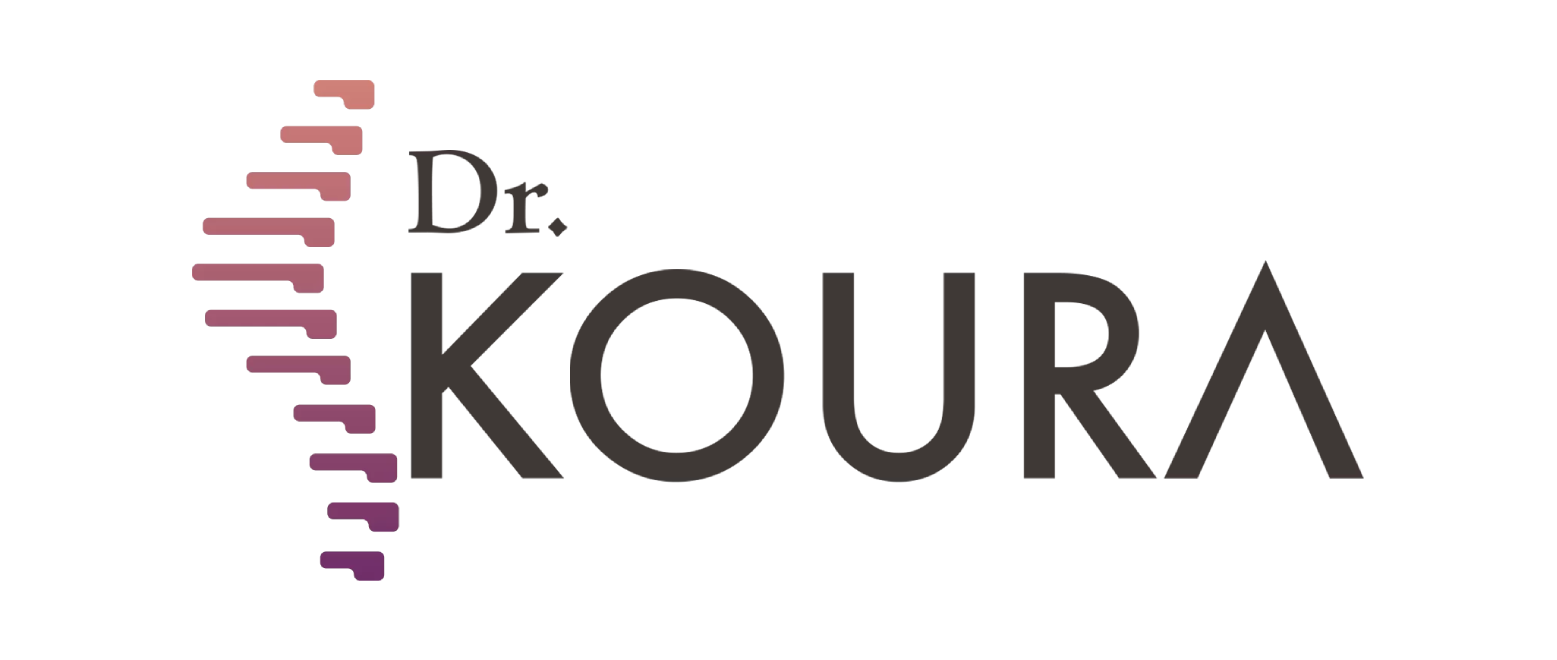Treating sciatica without surgery
What is sciatica?
Sciatica or sciatic nerve pain refers to pain that patients experience in the lower limbs, which may be due to lumbar disc prolapse or internal hemorrhage or trauma to sciatic nerve. Sciatic nerve is the largest nerve in the human body and it extends from nerve roots in the lumbar spine and its function is transmitting nerve impulses down to lower limbs, and the most common sites of pain include lower back, back of the hip and below the knee, and pain can radiate from lower back through buttocks, and it is more common among males than females.
Causes of Sciatica:
Sciatica is considered one of the most distinguished symptoms in cases of lumbar disc prolapse, but in many cases it may occur without disc prolapse, such as spondylosis and lumbar spine degeneration. It may affect patients without any spine problems and in such cases it is due to lumbar radiculopathy (nerve root inflammation), causing sense of marked diffuse pain in the leg, and in some other cases it occurs due to peripheral neuropathy in diabetic patients or sympathetic plexus inflammation.
Symptoms of sciatica:
Causes may vary but symptoms are typical, and they include pain extending from lower back and manifesting on lateral side of thigh, and radiating to the calf and toes, with occasional numbness in the same site or foot and toes only. Sometimes the patient may describe pain as electric shock, "pins and needles" and burning sensation extending in the leg, and sometimes sciatica may intervene with some other diseases like inflammation of posterior muscles of lower back where the sciatic nerve passes, therefore they may have similar symptoms, and it also may be similar with arthropathy of the hip, and arthropathy of posterior pelvic joint.
Recent methods for management of sciatica:
Sciatica is managed according to the cause of pain, meaning that in cases of disc prolapse interventions are done through suction or laser to repair the disc and relieve pain, and in cases of lumbar radiculopathy interventions are done through injecting nerve roots or radiofrequency ablation of nerve roots to terminate inflammation, while in cases of arthropathy of the hip or posterior pelvic joint the first line of treatment is injection or radiofrequency ablation, and in cases of sympathetic plexus inflammation or peripheral neuropathy due to diabetes mellitus we should control the cause first then reassess pain.
Advantages of interventional non-surgical management:
The most important advantages of interventional non-surgical management are:
- It is done under local anesthesia.
- A small puncture without scars.
- No part of the spine is removed.
- No rupture in back muscles.
- Dynamic stability of the spine is maintained.
- No need for surgical sutures.
- It is done outside the spinal canal.
- No post-operative fibrosis or adhesions in the spinal canal.
- It takes about 20 minutes.
- The patient can go back to work within one week, in opposite to surgery which needs general anesthesia with removal of parts of the spine and the possibility of post-operative fibrosis in the spinal canal, which can compress nerve roots, and this can be difficult to treat and can affect the patient's activity and practicing his work and life activities.





 Egypt
Egypt